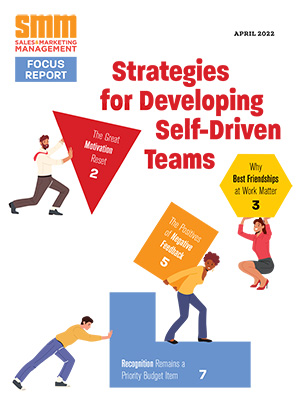FAST Company executives say their work with hundreds of companies indicates a balance of quantitative and qualitative measures works best. These measures can inform your own evaluation of organizational value.
Hard (Quantitative) Measures
The ultimate long-term impact of a conference is on the top and bottom line.
Staff retention and member growth: A great conference has an impact on the attractiveness of your organization to staff and stakeholders. As a result of your conference, Law of 100 measures would see improved results in staff retention.
Revenue: Sales and marketing conferences are often held to lift sales or new product growth. Law of 100 would see higher than forecast sales last longer afterwards.
The Law of 100 can also apply to sponsor revenues. A successful event will bring back existing sponsors to the same event next year, and provide a fantastic opportunity to sell the benefits of the conference to new sponsors.
Soft (Qualitative) measures
‘Soft measures’ can provide important evidence of the value of your conference even though they are more subjective. Soft measures can be monitored through surveys, observation or indexed results.
Focus: Your conference may be designed around a central message for your organization. For example, a sales conference with a large multinational business was built on the key themes of responsibility and support. The Law of 100 will see this focus sustained in the minds of the staff and delegates.
Change Implementation: You may be running a conference at the time of a significant change. While the conference might be used to help people understand and take ownership of the change, the Law of 100 would see these changes being implemented more effectively over the months after the conference.
This can strengthen your aim of having an impact with your next meeting — and give you clear, measurable goals that reflect the true value of return on your investment.


